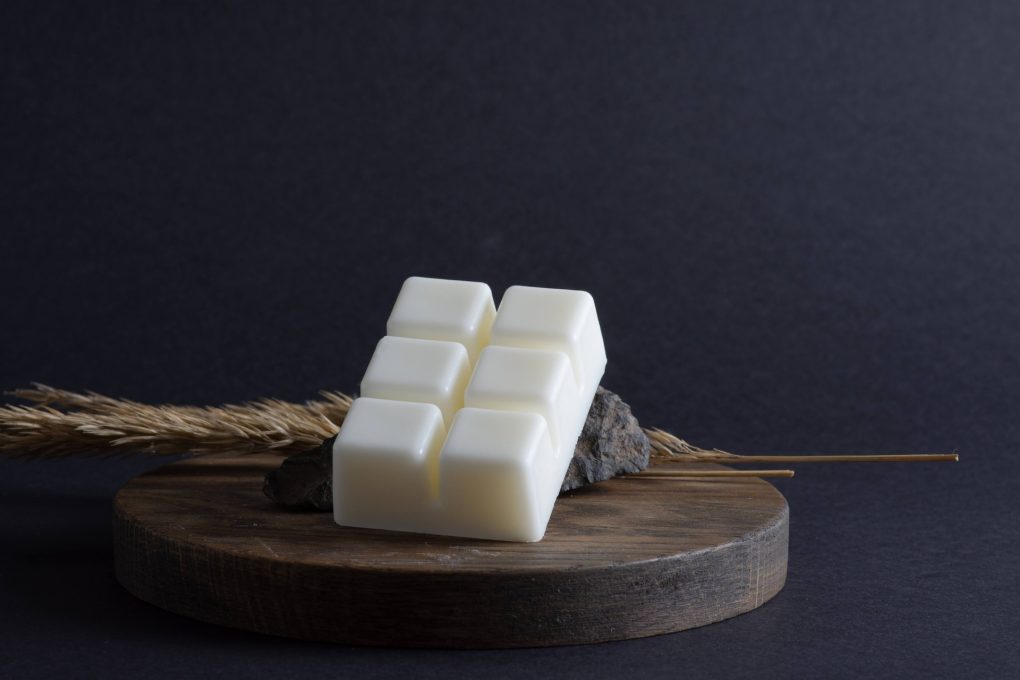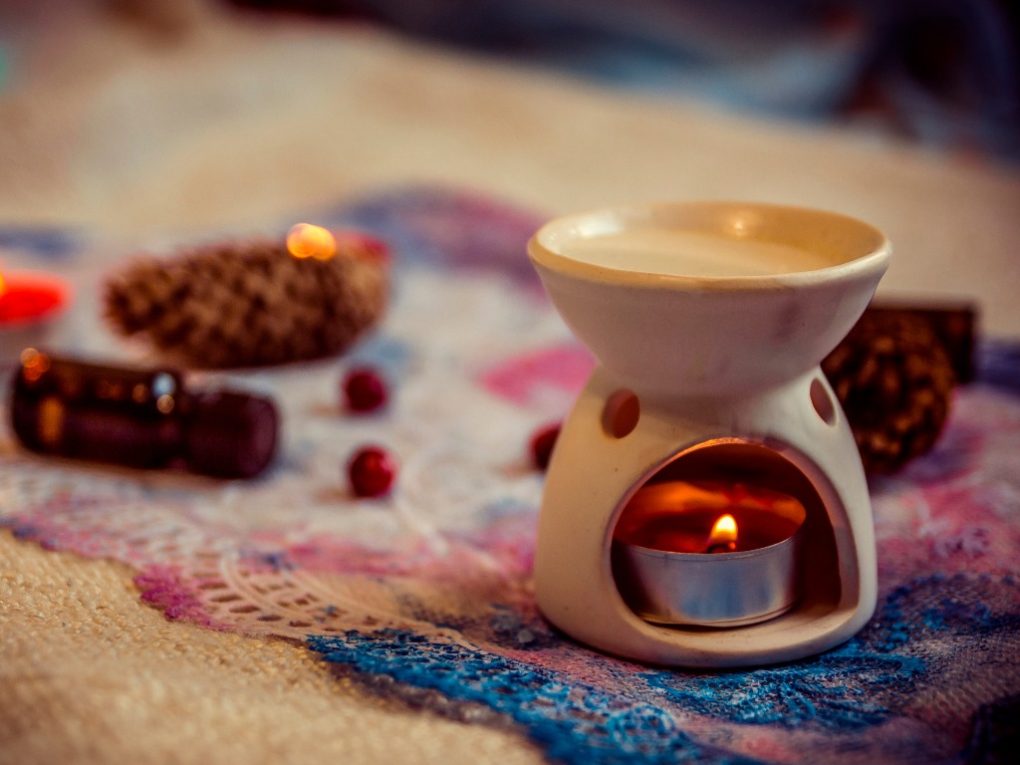Why Are My Wax Melts Smoking: Common Causes and Solutions
Wax melts are a great way to fill your home with a pleasant aroma without the risk of an open flame. However, sometimes you may notice that your wax melts are smoking. This can be concerning and may leave you wondering if using them is safe.


There are several reasons why your wax melts may be smoking, including the following:
- High temperature: If the wax melts are heated too high, it can cause the wax to smoke. Follow the manufacturer’s instructions for the wax warmer or burner, and adjust the temperature accordingly.
- Dirty wax warmer or burner: If the wax warmer or burner is dirty, it can cause the wax to smoke. Clean the wax warmer or burner before use to ensure it is free of any residue or debris.
- Poor quality wax melts: If they are of poor quality, they may contain impurities that can cause smoking. Try switching to a different brand or type of wax melts.
- Incorrect wick length: If the wax melts have a wick, the length of the wick may need to be corrected. If the wick is too long, it can cause excess smoke. Trim the wick to 1/4 inch and ensure it is centered in the wax.
- Drafty room: A draft where the wax warmer or burner is located can cause the flame to flicker and smoke. Move the wax warmer or burner to a more stable location.
Causes of Wax Melts to Smoke
Wax melts are a great way to fill your home with beautiful scents, but sometimes they can produce smoke. Here are some common reasons why:
- Fragrance Oil Being Released: Fragrance oils are responsible for the scent in your wax melts. When the wax melts, the fragrance oils evaporate. If the fragrance oil is released too quickly, it can cause the wax to smoke.
- Wax Is Burning Too Hot: If the wax is burning too hot, it can cause the wax to smoke. This can happen if the flame is too high or the wax needs to be melted properly.
- The Type of Warmer: The warmer you use can also affect whether or not your wax melts smoke. Some warmers are designed to melt wax at a lower temperature, while others may be hotter.
- Wax Not Melting Properly: If the wax is melted correctly, it can prevent it from burning. This is because the wax cannot vaporize correctly, and the heat from the flame is not evenly distributed. You can prevent this by allowing the candle enough time to melt.
If your wax melts are smoking, it is important to address the issue immediately. Smoking wax melts can be a fire hazard and can also cause damage to your wax warmer. By understanding the common causes of smoking wax melts, you can take steps to prevent it from happening and enjoy your favorite scents safely.
Tips to Prevent Wax Melts from Smoking
Trimming the Wick
When using a wax warmer, it is important to trim the wick to a quarter-inch before lighting it. A long wick can cause the wax to burn too quickly, leading to smoke. Trimming the wick will help the wax melt evenly and prevent smoking, according to HomeWorx Candles.
Choosing the Right Wax Melts
Choosing the right wax melts can also prevent smoking. Look for high-quality wax melts made with natural ingredients. Avoid wax melts with added chemicals or synthetic fragrances, as they can produce more smoke.
Using a Proper Wax Warmer
Investing in a proper wax warmer can also help prevent smoking. Electric warmers are a good option as they don’t get as hot as traditional tealight candles. This can help prevent the wax from overheating and smoking.


Keeping the Wax Warmer Clean
Keeping the wax warmer clean is also important. Over time, wax residue can build up on the warmer, causing it to smoke. Clean the warmer regularly with a damp cloth to prevent this from happening. By following these tips, you can prevent your wax melts from smoking and enjoy a clean, fragrant home.
Things to Do if Your Wax Melts Are Smoking
If you notice your wax melts are smoking, it is important to take action immediately. Here are some steps you can take:
Adjust the Heat Source
Adjusting the heat source may help resolve the issue if your wax melts are smoking. So here’s how to do it:
- Turn off or unplug the wax warmer or burner.
- Allow the wax to cool and harden.
- Remove the wax from the warmer or burner and discard it.
- Clean the wax warmer or burner thoroughly to remove any residue.
- Check the manufacturer’s instructions or label to see the recommended temperature for your wax melts.
- Adjust the heat source to the recommended temperature.
- Allow the wax warmer or burner to heat up again.
- Add new wax melts and observe them for any smoking.
Ventilate the Room
If your wax melts are smoking, it’s important to ventilate the room to avoid breathing in smoke or fumes. Based on experience, you should open windows and doors to allow fresh air to circulate. Turning on a fan can help circulate the air in the room and push any smoke or fumes out.
An air purifier can help filter out any smoke or fumes from the room, making the air cleaner and healthier. If the smoke or fumes are particularly strong, leave the room until the air has cleared.
Stop Using the Wax Melts
The first thing you should do is stop using the wax melts. This will prevent any further smoking and potential damage to your wax warmer. It is better to be safe than sorry, so it is recommended to discontinue use until you have identified the cause of the smoking.


Check for Any Issues with the Wax Warmer
Check your wax warmer for any issues. Make sure it is clean and free of any debris or dust. If you have an electric wax warmer, check the wiring and make sure it is not damaged. If you have a traditional tealight candle wax warmer, ensure the candle is not too close to the wax or that the flame is not too high.
If you have ruled out any issues with the wax warmer, the wax itself may cause the smoking. In this case, try a different wax melt brand to see if the smoking persists.
Contact the Manufacturer
If you have tried the above steps and are still experiencing smoking with your wax melts, it is recommended to contact the manufacturer. However, they may be able to provide additional guidance or offer a replacement product if there is a defect or issue with the wax melting.
